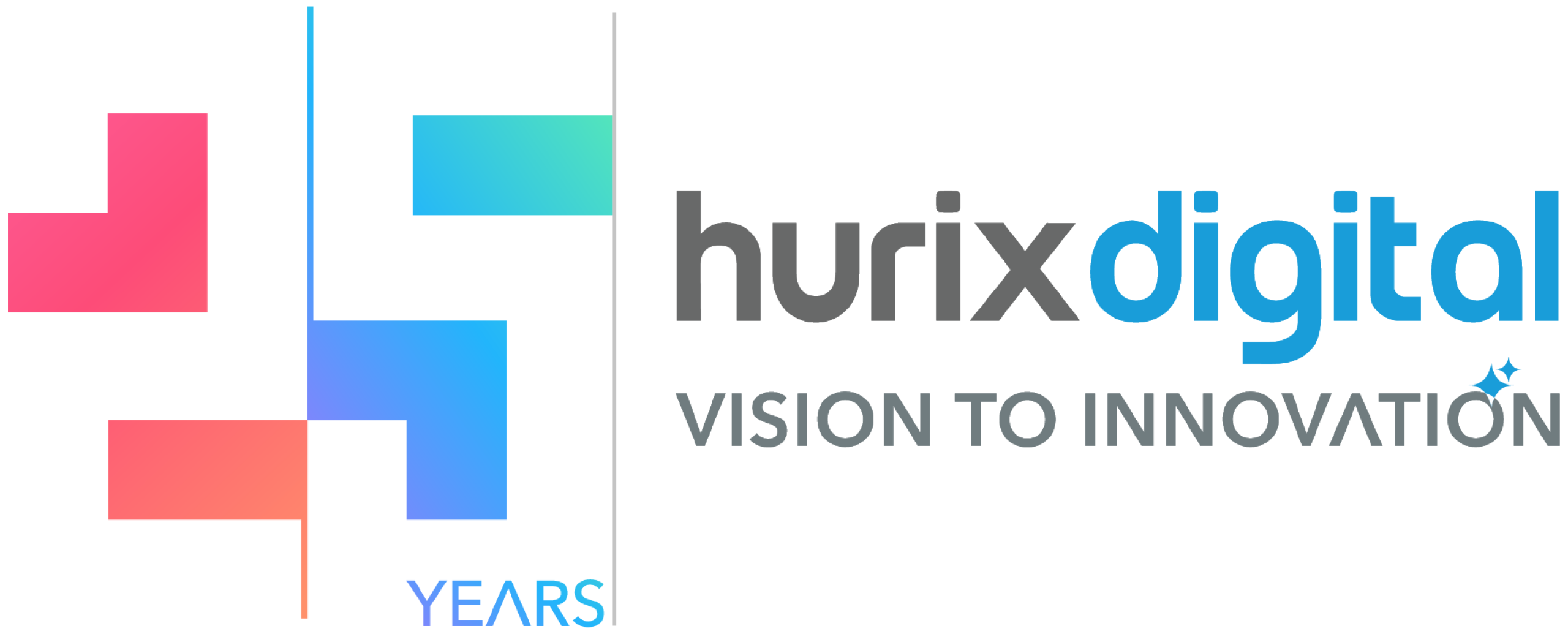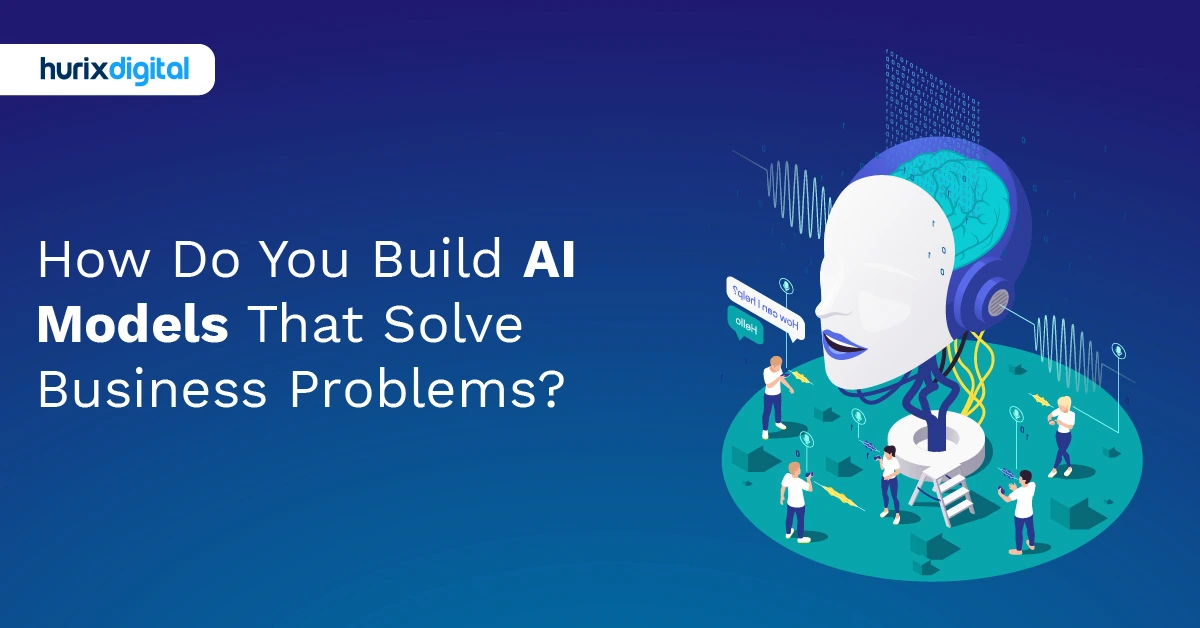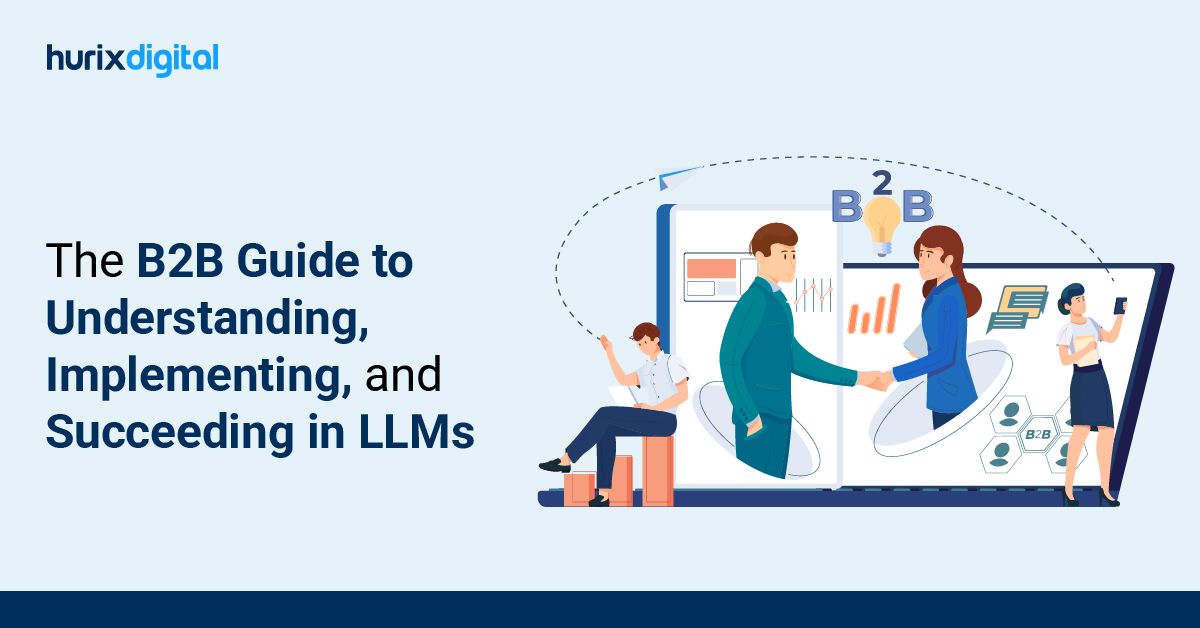
Gokulnath B
September 29, 2025
Enterprise Synthetic Data Generation Strategy Made Simple!
There is no doubt that the discussion around synthetic data generation has come of age. A niche topic at most, it is now firmly on the agendas of many organizations dealing with data access, privacy, and development velocity.
Yet behind the excitement, a thoughtful data professional will quickly find herself wondering not just if but how to use synthetic data and whether it is, in fact, the right solution for her specific pain points. Yes, it is a landscape scattered with promises, but also with uncharted territory and crucial points of decision that call for intense exploration.
While to the casual observer the answer can be simple, the experienced eye will see a complex strategy that needs to be defined. Building a strong synthetic data strategy is about thoroughly understanding the basics, then grappling with the very real issues of quality, compliance, and ethical use. Of course, one wonders what the practicalities are: Can it really replace production data? How does it fit into the existing pipelines? And perhaps most importantly, how do we quantify its value, its ROI, in the midst of these grey shades? These are not theoretical scholarly thoughts but represent the fundamental questions that determine success or failure in the implementation of synthetic data in a responsible manner.
Table of Contents:
- What is Synthetic Data Generation in Essence?
- How does Synthetic Data Generation Ensure Data Privacy Compliance?
- What are the Biggest Quality Challenges for Synthetic Data Generation?
- How do You Measure Synthetic Data ROI Effectively?
- What Governance Frameworks Apply to Synthetic Data Assets?
- Can Synthetic Data Truly Replace Real Production Data?
- How to Integrate Synthetic Data into Existing ML Pipelines?
- What are the Ethical Implications of Synthetic Data?
- How to Select the Best Synthetic Data Generation Tool?
- What Talent Skills are Crucial for Synthetic Data Success?
- To Sum Up
What is Synthetic Data Generation in Essence?
Synthetic data generation is not about replication but invention based on statistical principles. Like a portrait artist working through observations of faces for years before painting a new realistic face that does not belong to anyone, it generates new data based on observed face qualities. That’s the core of it. We are not copying records or masking records. Usually using complex algorithms, the underlying machine learning model learns to observe the nature of real-world datasets. It learns all the complex statistical patterns, the relationships between pieces of information, the distributions of these, and even the subtle biases or rare events. This is analogous to teaching a system the ‘fingerprint’ of the data, aka the indirect rules that describe how it is structured. Having learned this understanding, the system then creates new data points altogether. Each point is artificial and invented from the ground up. Yet, taken as a group, these synthetic points reflect the statistical properties, complex interaction, and behavioral nuances of the original data. The deep significance here is of many kinds: it is a strong response to privacy issues, because there is never an individual’s actual history available. It makes up for the lack of data and creates good datasets for phenomena for which real examples are scarce. And it provides a safe environment to test – one that allows us to look into ‘what-if’ scenarios without a single byte of sensitive information. But it’s also important to keep in mind that this is an approximation, an advanced proxy. It’s a reflection, not the source. The synthetic data can never be more than the quality of the understanding generated from real data on which it was trained. If the original was flawed or biased, those flaws and biases will unfortunately be reproduced faithfully. Imaginative fiction is an incredibly powerful tool, yes, but one that demands a critical understanding of where it comes from and what it really is, as a constructed reality.How does Synthetic Data Generation Ensure Data Privacy Compliance?
When one considers synthetic data a true answer to privacy compliance, the key difference comes from its very beginning. It is not like erasing identifiers of an existing record. That is a radically different and oftentimes more fragile strategy. Instead, we’re talking about generating a totally new dataset that has the same statistical properties as the original but no statistical connection to any actual person. So, instead of building a replica from the original bricks, what if we could build a statistically faithful replica from a blueprint created by inspecting the original building? This ‘twin’ dataset captures the patterns, correlations, and distributions of the real sensitive data, but without any individual-to-individual mapping or identification of individuals with their records. The data in this context are synthetic, thought up by an algorithm rather than sampled from a person’s life history. This separation from reality is the essence of its power of compliance. Since no real personal data is involved in the synthetic dataset – it was not observed from a person, but generated from statistics – then the strict requirements of regulations like GDPR or CCPA, which apply to ‘personal data’, simply do not apply in the same way to a synthetic dataset of data. It changes the whole paradigm of the matter. In order not to reveal personal data, one must first have personally identifiable data, and one is handling something that is not directly identifiable data, or at least not directly identifiable data in the first place. This enables much higher flexibility. Once data is locked away, sensitive data can now be used to train algorithms, guide product development, or even shared with research partners without the spectre of re-identification risks hanging over them. It is aimed to provide analytical utility without invading individual privacy. It’s important to ensure that the synthetic data generation process is done with integrity. If synthetic data is not robust or does not leak, then it becomes less useful, and if models are still incorrectly specified, re-identification risks may persist. It’s a trade-off between privacy and fidelity. Exceptional data cases are difficult for models to replicate without risk or are smoothed out (a privacy trade-off). Done right, it offers a promising privacy-conscious data solution.What are the Biggest Quality Challenges for Synthetic Data Generation?
The primary quality problem of synthetic data is not only its look but also representing the original, which is made up of detailed, unpredictable human behaviors and complicated systems. Although it can resemble averages, it frequently lacks the occurrence of certain rare but crucial correlations. As a result, models that are trained based solely on synthetic data can appear to be correct but are missing the essential hidden dependencies that are true ones. Furthermore, there is the bias issue, which is quite difficult to solve. We are often optimistic that synthetic data could assist us in getting rid of the historical biases included in the real-world data. However, the reality is that the generator learns from the data it receives. If the original data is filled with biases and almost all real-world data is the output of the synthetic data, the output will most probably be similar to those biases and, in some cases, even stronger. It is not a tool for debiasing data, but it is a very precise mirror reflecting the data. For example, if synthetic patient records are created incorrectly, they can continue the healthcare disparities that existed in the past because the system learns what it sees, and what it has seen historically is not always fair. At last, there is the question of utility. This is the “acid test”: is synthetic data as good as the real ones for practical purposes? Can a fraud detection model that is trained on fake data detect fraudsters in real life? Or can a predictive maintenance system that uses synthetic sensor data predict the failures that will happen in the real machines? Most of the time, the answer is “not quite.” Synthetic data might successfully pass all the statistical tests, but it will struggle with the real, messy events because it doesn’t fully embody the chaotic nature of the real world. It is always a challenge to strike the right balance between statistical accuracy and practical usability.How do You Measure Synthetic Data ROI Effectively?
Calculating how much a company gains using synthetic data is not always very clear. A simple ‘X amount saved equals Y ROI’ is hardly ever the case. The main part of success is sometimes very hard to trace, especially if it concerns what did not happen or what can finally happen. Consider the example of speed. If data scientists can use high-quality synthetic data that preserves privacy and is instantly available, eliminating months of anonymizing, approval, and delivery, they can work more efficiently. This accelerates model development, allowing quicker market entry. For example, a bank developing an AI for fraud detection faces delays due to slow access to real customer data. Synthetic data can significantly shorten this cycle. Detecting fraud three months earlier minimizes losses and provides a strategic edge by being the first to adapt and learn from the model. The accompanying points highlight risk mitigation. A common concern for companies using real data is data breaches, privacy violations, loss of reputation, and legal fines. Using synthetic data in external testing or less secure environments significantly reduces the risk profile. However, quantifying the value of avoided reputational damage in dollars is challenging, akin to measuring smoke. Nonetheless, experienced managers understand this burden. Essentially, it functions like insurance: you pay for peace of mind, hoping never to need to make a claim, but the reassurance itself is valuable. There are times when the ROI is in the form of just facilitation. For instance, think about some rare events in the dataset, such as a certain medical condition or the unique failure mode of a product in the manufacturing process. Rarely are there enough samples in real data to allow for the development of robust models. Synthetic data can be used to supplement these low-combination areas to train more realistic models. What seemed improbable becomes possible, thus opening up totally new areas for innovation. It is not a question of saving money but creating completely new values that were inaccessible before. Most of the time, we are most caught up in the direct ‘cost avoided’ while we disregard the ‘opportunity realized’ metric. The point at which strategic insight is, in my view, really located is there.What Governance Frameworks Apply to Synthetic Data Assets?
Queries about governance frameworks for synthetic data assets can be quite intriguing and confusing. For example, on the surface, one could probably think that since the data is not “real”, the heavily privacy-regulated environment like GDPR or CCPA would just fade away. If only things were that straightforward. It’s much more complicated than that, like trying to put a special suit you made for a wedding on a completely different occasion. The moral and legal frameworks we have now are not those that we anticipated for synthetic data. They were designed for original and directly identifiable ones. So, we are now in the middle of a meta dance where we are interpreting these regulations by extending and probing in order to find out if there is any place where they could be in touch with the new digital world. The fundamental idea is to go back to the main source. If it is created from personal data, the procedure, the algorithms, and the re-identification risks will still be there. Article 5 of GDPR on data principles is not totally off the mark just because the data is synthetic. Even the main ones, such as data minimization, purpose limitation, and accountability, are also relevant to synthesis methods. An improperly designed process could contain the introduced biases or may even reveal the original data fingerprints. Therefore, it would be a source for re-identification. The experts are uncertain as to the extent to which anonymized synthetic data should be if it is of sensitive origin. The ethical dimension includes everything that is beyond the legal obligations and raises the question of whether synthetic data is ethical, even if it is technically safe and does not discriminate, and if it does not bias society in the end. The frameworks for the responsible use of AI, the data ethics committee, the policies, and the documentation are organs that facilitate trust and proactive governance, which is also the case for legal obedience.Can Synthetic Data Truly Replace Real Production Data?
There’s a palpable excitement surrounding synthetic data, and for good reason. Imagine a world where privacy concerns vanish, where you can create infinite, perfectly labeled examples to feed your models. It sounds like magic, doesn’t it? But then, the practical side of you kicks in, the one that’s been elbows-deep in the real world of glitches. The question that lingers is whether it can actually, truly, replace the messy, unpredictable beast that is factual production data? For certain jobs, absolutely. Consider creating huge amounts of data for simple classifiers, or for privacy-sensitive applications where you cannot touch any customer data. It’s a godsend in regulatory compliance, or in exploring certain ‘what-if’ scenarios that are too dangerous or too rare to test in the live system. You need to simulate a million credit card transactions for a stress test? Synthetic data can create that world for you, complete with names and numbers that never belonged to a soul. It reduces the challenge of data access and anonymization in numerous situations, enabling teams to iterate more quickly. Yet, here’s where one often gets a tremor of doubt. Real production data has a distinct ‘scent’ – an uncontrolled symphony of human error, unexpected interactions, and the subtle, and often inexplicable correlations that arise from millions of individual decisions. Synthetic data, even if it is generated by sophisticated models, is fundamentally what it’s been shown to be. It’s learning the patterns, but is it really capable of inventing the unknown-unknowns? Can it replicate that single one-off customer interaction, that network glitch, the weird edge case that occurs once every blue moon but crashes everything when it does? It struggles with these novelties. It’s very good at interpolating, at filling in the gaps of the known distribution. But extrapolating into completely new territory or accurately describing the long tail of rare, critical events? That’s an entirely different challenge. You could train an excellent model on man-made traffic patterns and still be totally stumped by an unexpected street festival. The synthetic world is often a cleaner, more idealized version of reality, and reality, bless its heart, is rarely ideal. So, replace? Not entirely, not yet. It’s an incredibly powerful tool, an indispensable ally in many data challenges. But it’s a tool that works best when understood for what it is: A highly convincing simulator, not the unfiltered, untamed wild.How to Integrate Synthetic Data into Existing ML Pipelines?
Fitting synthetic data into an existing machine learning pipeline can feel like trying to incorporate a new and unproven ingredient into a trusted recipe. The first thing one really grapples with, above and beyond the buzz, is why bother? Is it really a question of privacy, with real data a non-starter? Or are we chasing the scarcity of data, trying to fill in gaps where the real-world examples are simply too rare? These answers here determine the whole approach; it’s never a one-size-fits-all solution. In most cases, the first obstacle is to create a good baseline by training models using real data to measure performance. Using only generated data leads to some issues, such as restoring a classic car with 3D printed parts. It may not look wrong, but it may not work well. A better way to do this is to use a combination of real data and synthetic examples, particularly for underrepresented classes, in order to bring about better balance. If privacy is a concern, synthetic data can be used in place of real data after it is well tested and determined to be similar. However, synthetic data can be convincing and cause problems in deployment, similar to the ‘uncanny valley.’ The purpose of integration varies: in supervised learning, it may serve as a direct substitute or addition to training batches. During validation, it acts as a stress test to reveal generalization issues, especially when validation sets are limited. Practitioners track changes in metrics such as accuracy, precision, recall, and loss predictability. With synthetic data, the model can overfit and learn patterns that don’t apply to the complexities of the real world. There is always a need to question whether the model is learning meaningful features or just artifacts from synthetic data. This cycle of generation, training, evaluation, and refinement is continuous, requiring patience, vigilance, and skepticism.What are the Ethical Implications of Synthetic Data?
The promise of synthetic data is lucrative, isn’t it? The golden key is providing unique insights without ever touching a person’s sensitive data. No more concerns about GDPR, HIPAA, or the myriad of privacy issues that keep data scientists and ethicists up at night. It sounds almost too good to be true. And often something that sounds that good bears closer examination, a deeper, more cynical look. We create digital ghosts that we hope are different enough from, yet similar enough to, the actual people. But if they are too similar, the possibility of re-identification increases. Creating synthetic data from real patient databases is an attempt to preserve patient privacy while allowing research to proceed. However, even though the probability is low, rare diseases with unusual ages and locations can leave a synthetic patient almost recognizable. To the individual, even a low risk is still a privacy breach. Inherent bias from datasets is a serious concern. Synthetic data learns from real data, so if the real data has biases, such as whether or not people are hired for a job or have access to healthcare, the synthetic data could also have the same bias or even worse. This runs the risk of perpetuating systemic injustices while we aim for privacy and innovation. It’s like teaching values from wrong experiences, which are then enlarged. The challenge, then, is not necessarily producing any synthetic data. It’s about creating ethically sound synthetic data. It requires a constant alertness, a kind of Socratic questioning of our own data-generating processes. Are we simply developing a sanitized version of an unhealthy truth? Are we creating an easy shield behind which inequalities that exist can hide, instead of facing and rectifying? These are not easy questions, and there is no one simple answer. It’s a constant, uncomfortable introspection that we have to do. Are we, in our drive towards the utility of data, inadvertently creating a more opaque future, one in which the hidden biases flourish behind a cloak of synthetic ‘privacy’? It’s a real concern and lies at the very heart of this interesting and yet complex technology.How to Select the Best Synthetic Data Generation Tool?
Picking a synthetic data generation instrument is more art than science, just like choosing the appropriate lens for a photo that is all about the finer detail. The principal item is the authenticity of the data: beyond matching the numbers like mean and standard deviation, does it unveil hidden dependencies and correlations? If your data is a set of no standard linear dependencies, would it be possible for the software to imitate them? Quite a few tools generate plausible data, but they are incapable of successfully performing in real statistical analysis or in real-life applications. Here is where the quality of the synthetic data is put to the test. Besides the issue of faithfulness, a person should ensure that the tool is matched with the problem it is going to solve. Are you creating data for privacy reasons from a very sensitive dataset? Or are you simply providing real data that is in short supply to train a strong machine learning model, especially for rare events? These aims call for different generative techniques. A model designed to keep data secret might be noisier or generalized, which would hamper a model for augmenting data. On the other hand, a vivid generative model capable of producing hyper-realistic data might also cause privacy concerns if not managed properly. Understanding the tool’s limitations, as well as its strengths, is key to its successful application in your field. Estimate the degree of integration with your data environment, be it via an API, a standalone app, or a library. The only thing a complex algorithm is good for is being hard to deploy, or maintenance will be a nightmare. The point of view of the amount of time the team will need to master it has to be taken into consideration: Is it necessary to have machine learning pros all along, or is it an easy-going software? More often than not, a simpler, and hence, more easily accessible tool is worth more than one that is feature-rich but too complex. The goal is to find a partner that makes you stronger, but without the need for a complete revamp of your process.What Talent Skills are Crucial for Synthetic Data Success?
When first asked how a synthetic data project could impress beyond its fancy algorithms, a few human traits will come up right away. Besides the algorithmic accomplishments, which are the foundation of the project, the answer is no. It is a combination of a highly curious mind and a good amount of skepticism. Statistical intuition is somewhat different from merely executing tests, as it requires one to feel when something goes wrong, to inquire about distributions, and to ask how credit card fraud can manifest. The job also asks for knowledge of bias, variance, and complex correlations that go deeper than just matching means and standard deviations. The experts do not stop at the outliers and the rare events. Small shifts in the tails of the distribution can unravel the research downstream profoundly. As a matter of fact, Ethical foresight, as the base of the whole, is not only a matter of checks for compliance. A positively proactive, almost metaphysical stance to the problem is what it is about. Someone should be constantly asking the question: “Are we, perhaps unknowingly, implementing biases? Could this synthetic data lead to harm if it is misused?” It is the knowledge that even anonymized data is full of characters of people, and the synthetic one, if not managed well, is able to spread further or even increase the number of those characters. It is a quiet guardian, always considering the unseen ripple effects, long after the model has done its job. That blend of professional skills, personal insight, and moral support is the one that makes the difference in the end.To Sum Up
Okay, we’ve covered a lot about synthetic data. This tech seems to have big possibilities in terms of reliability, privacy, and return on investment. If businesses want to innovate safely and usefully, they have to understand the finer points, like bias, and how to manage it all. If you want your business to get ahead, make data do more work for you in an easier way. Synthetic data might be the way to make AI development faster, protect sensitive info, and grow innovation without losing quality or following the rules. Don’t let data slow down your ability to innovate. Work with Hurix Digital to create a complete plan for making synthetic data that gets real results while obeying the rules and acting ethically with AI. At Hurix Digital, we assist business leaders in navigating the difficulties of using synthetic data, from the first plan to fully implementing it. Our team knows a lot about data privacy, the reliability of AI models, and business-level management systems. Reach out to Hurix Digital today to know more!
Vice President – Content Transformation at HurixDigital, based in Chennai. With nearly 20 years in digital content, he leads large-scale transformation and accessibility initiatives. A frequent presenter (e.g., London Book Fair 2025), Gokulnath drives AI-powered publishing solutions and inclusive content strategies for global clients
 Upcoming Masterclass | Build an Army of Brand Evangelists using Training & Development | November 20th, 8:30 AM PDT | 11:30 AM EDT | 10:00 PM IST
Upcoming Masterclass | Build an Army of Brand Evangelists using Training & Development | November 20th, 8:30 AM PDT | 11:30 AM EDT | 10:00 PM IST




